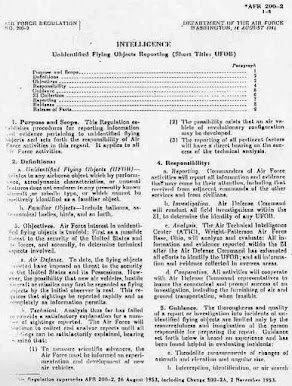1948
At its essence one could say that the event of February 18, 1948, was a brilliant fireball and a loud noise that generated a very large shower of meteorites fell that fell over a large area of northwestern Kansas, specifically in the Norton County (Kansas) area and over the state line to the north into Furnas County (Nebraska).
On April 28, snow had prevented some search efforts until then, a research team from the University of New Mexico set out to identify and recover pieces of the meteorite. Everything that they recovered was either donated to or sold to the university. Research classed the meteorite :
Type Achondrite of the Class Asteroidal achondrite, and Group Aubrite
United States ; Region Kansas ; Coordinates 39°41′N 99°52′WCoordinates: 39°41′N 99°52′W[1]
Observed fall Yes on February 18, 1948 TKW 1100 kg
This was a massive find and almost all parts of it are in the University of New Mexico collections due to the work of Dr. Lincoln LaPaz, one time Kansas resident, who was then one of the world's leading experts on meteors. See an image of the UNM team here.
The tremendous boom was heard by people in at least six states, windows shattered in homes and offices and people fled uncertain what had happened. A blue-tinted cloud billowing out some 35 miles over head as it spilled in the upper atmosphere. The ground shook, buildings swayed and the sound echoed. The editor of the Weekly Norton News (Norton, KS) first thought it was the nearby corner gas station blowing up as other rumbles echoed from all directions. People wandered out into streets, stood on sidewalks and stopped in their tracks as a immense vapor trail , twisting in crooked spirals, augured through the night sky (see image above).
Numerous airfields sent planes aloft certain some large aircraft must have crashed. Near to Norton and Norcatur, Kansas - areas close to what was believed to be the initial blast zone of the aerial object, Army B-29 bombers circled looking for evidence of smoking debris, crashed airplanes, or other signs. Country roads were packed as people came to look. A few, to be sure, were concerned those new "flying saucers" and "flying discs" might have been responsible.
A couple of stories did emerge of witnesses who saw something looking like a rocket or war time missile fly past overhead with a roar or a hiss that startled them. One reported such an object heading northeast toward the area of Norton. Another man some 14 miles est of Norton reported a queer objcet coming from the southwest, that appeared to be a rocket. What he saw traveled on a level course but with some gradual loss of altitude before it exploded with a huge cloud of smoke. To his view it seemed to do that right over the area of Norton. The witness was observing this from his position south of Prairie View, Kansas.
Strangely, a similar sighting had been made near Inola, Kansas, where the object turned west and then disappeared into the sky. Feb 18, a man on a farm west of Stockton, Kansas (1 mile of US 24) was by his pigpen about 5 p.m. and saw an object hovering over his house. It was funnel shaped and belching flames and smoke. Then an explosion was heard after it passed on by them. The air was hot from where it had passed. Also, later over the days of Feb 20-26 would see similar stories out of Utah that matched the 'anomalous' behaviors of the NortonCounty Meteorite.
What is very clear is that the event of surrounding the Norton meteorite was much larger than even the record-breaking meteorite dug out the Nebraska farmland. There was at least one larger, perhaps massive, object that blasted itself that evening, but there were - from witness statements - several other blasts or explosions. The initial meteor may have been one huge object that broke into parts as it superheated in the atmosphere (not unusual), or it could have been part of a "fall" that involved several larger meteors that fell in close proximity, gathered together by gravity or happenstance of a outside the atmosphere collision that tangled them together in their last moments of fiery and explosive glory.
So, to explain the various directions by those noted in these brief quotes and the associated other reports of the month of February 1948, the only logical conclusion is there was a very large series of meteor falls spread over a large segment of the U.S. (and possibly other locations since this is the time of "Ghost Rockets" over Sweden and Norway).
One theory floated at the time - beyond "flying saucers" was that the objects seen and reported could have been 'someone's" early attempts to place a rocket into space (either to reach it, orbit it or target the moon). This, coupled with the "Ghost Rockets", as examples of an early and very secret attempt to test possible early escapes from the bonds of Earth, was not laughed off so swiftly by the military who were offered that thought by more than one thinker.
Studies into the strange "green fireballs" that so captivated LaPaz in this time period and spurred "Project Twinkle" have shown that there are apparent "corridors" as we transit through space and regions where large fireballs and massive meteors can, and do, plunge with some frequency. (See: Fireballs (nasa.gov and Bolide Home (nasa.gov) ).
The Furnas Co., Meteorite - The Furnas County Stone of the Norton County, Kansas‐Furnas County, Nebraska, Achondritic Fall (1000,400)* - Leonard - 1948 - Contributions of the Meteoritical Society - Wiley Online Library
NortonCounty Meteorite - Meteoritical Bulletin: Entry for Norton County (usra.edu)




























